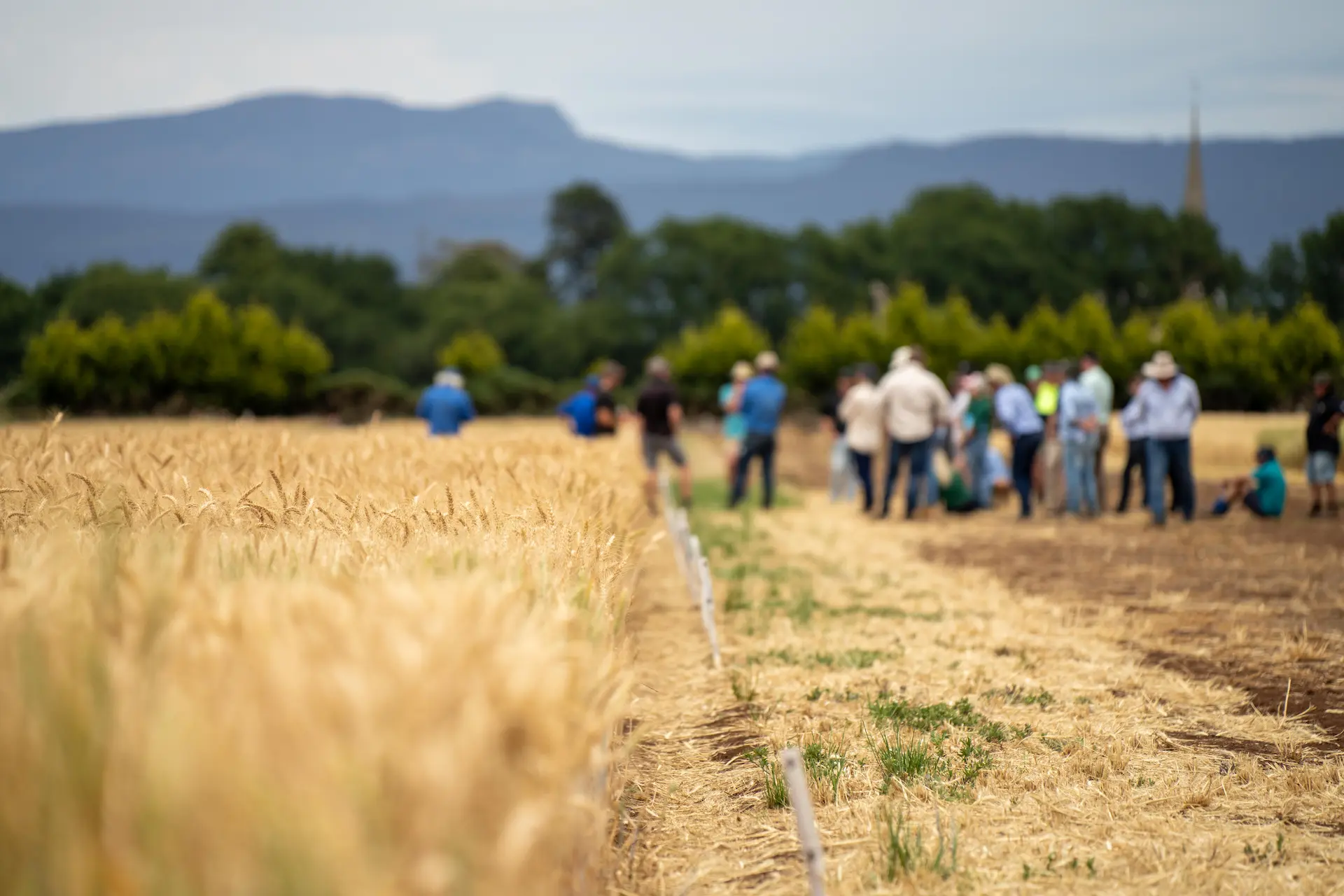Exploration of Australasian Innovations
The Australasian region has continually demonstrated its prowess in scientific and technological advancements. This legacy, combined with an insatiable thirst for discovery, has culminated in a plethora of innovations that have transformed industries and impacted lives globally.
As we delve into a curated compendium of some of the most notable Australasian innovations, we pay tribute to the intellect, persistence, and visionary zeal of the minds behind these epochal achievements.

Black Box Flight Recorder
Conceived by Dr. David Warren, the Black Box Flight Recorder is a paramount instrument in aviation safety. This device, designed to chronicle the concluding instants of an aircraft’s final voyage, has revolutionised investigative procedures post aviation mishaps. As a result of this groundbreaking invention, aviation has emerged as the most secure mode of transportation globally.
Spray-on Skin Technology
Pioneered by Professor Fiona Wood, the Spray-on Skin technique epitomises the fusion of biology and technology. This ground-breaking method encompasses the cultivation of skin cells ex vivo, which are subsequently administered onto the compromised skin of patients. The procedure not only expedites the healing trajectory but also significantly attenuates resultant scarring, heralding a new era in burn treatments and skin grafting.
Electronic Pacemaker
A testament to interdisciplinary collaboration, the inception of the electronic pacemaker is attributed to Australian doctor Mark Lidwill and physicist Edgar Booth in the 1920s. This quintessential medical device, which regulates the heart’s rhythm, stands as a testament to Australasian ingenuity, now aiding in sustaining the cardiac functions of over three million individuals globally.
Genesis of Google Maps
In the early 2000s, the collaborative brilliance of Danish siblings Lars and Jens Rasmussen, fused with the expertise of Australians Neil Gordon and Stephen Ma, witnessed the birth of the foundational platform for Google Maps. Conceived in Sydney, this technological marvel has redefined global navigation, charting courses and destinations for billions.
Medical Harnessing of Penicillin
The year 1939 witnessed Australian scientist Howard Florey’s monumental achievement in the purification of penicillin. This bioactive compound, characterised by its potent antibacterial properties, subsequently burgeoned as a cardinal therapeutic agent. Its application in combating bacterial infections has indelibly imprinted Florey’s contribution on the annals of medical history.
Cochlear Implant (Bionic Ear)
An epochal innovation attributable to Professor Graeme Clark, the Cochlear Implant, colloquially termed the “Bionic Ear,” harnesses electronic mechanisms to stimulate the auditory nerve directly. This avant-garde medical device has bestowed the gift of auditory perception upon over 180,000 individuals worldwide who previously grappled with profound hearing impairments.
Electric Drill
The annals of industrial equipment bear testament to the profound impact of the electric drill, an invention with its roots in Australian ingenuity. While the precise intricacies of its inception remain elusive, its ubiquitous presence across construction sites and workshops globally underscores its paramount significance.
Winged Keel
The brainchild of Australian yachtsman and marine architect Ben Lexcen, the winged keel epitomises innovation in naval architecture. Characterised by an almost horizontal foil situated at a sailing boat keel’s base, this design gained notoriety and acclaim during its debut at the 1983 America’s Cup, gracing the illustrious Australia II.
Permaculture
Bill Mollison’s visionary approach in 1972 culminated in the conceptualization of permaculture, a paradigm that draws inspiration from natural systems to orchestrate self-sustaining human settlements and agricultural endeavours. It underscores the harmonisation of ecological principles with human-centric designs, championing sustainability and interdependence.
Ultrasound Scanner
In 1976, Ausonics actualized and commercialised the ultrasound scanner, marking a transformative juncture in the realm of prenatal care. This non-invasive imaging modality furnished clinicians with unprecedented insights into foetal development, fostering informed medical interventions and enhancing maternal and foetal health outcomes.
Plastic Spectacle Lenses
The year 1960 heralded a ground-breaking innovation in ophthalmic solutions as Sola Optical unveiled the inaugural scratch-resistant plastic lens tailored for eyeglasses. This pioneering development afforded wearers the dual benefits of durability and lightweight comfort, setting a benchmark in optical lens craftsmanship.
Inflatable Escape Slide and Raft
1965 witnessed Jack Grant, a luminary affiliated with Qantas, conceive the inflatable aircraft escape slide. This inflatable conduit, which ensures rapid egress from aircraft in exigent situations, subsequently metamorphosed into an indispensable safety apparatus, necessitated across all major airline fleets.
Gardasil and Cervarix Cancer Vaccines
2006 marked a seminal stride in oncology as Brisbane-based medical savants unveiled the world’s pioneering anti-cancer vaccine, christened commercially as Gardasil. This vaccine, predicated on rigorous scientific research, epitomised prophylactic interventions against malignant afflictions.
Frazier Lens
The ingenuity of Australian inventor Jim Frazier crystallised in 1993 with the patenting of the deep-focus lens. This optical marvel, distinguished by its capacity to render both the foreground subject and the distant backdrop in pristine focus concurrently, redefined photographic and cinematic paradigms.
Triton Workcentre
George Lewin’s inventive prowess took centre stage in 1976 on ABC TV’s ‘The Inventors’ program. He presented the Triton Workcentre, a versatile workbench designed to cater to an array of woodworking tasks. Its multifunctionality resonated profoundly with artisans and hobbyists alike.
Racecam
1979 ushered in an era of immersive motorsport broadcasting as Channel 7 pioneered live television transmission from the vantage of racing cars. This novel visual perspective, christened the Racecam, enthralled audiences by thrusting them into the heart of the adrenaline-charged action, as seen through the eyes of the race car drivers.
Tank-Bred Tuna System
In 2008, a remarkable eco-centric innovation by Hagen Stehr emerged as a potential saviour for the beleaguered southern bluefin tuna. Through the Cleanseas system, Stehr envisioned and implemented a sustainable framework for breeding tuna within tank environments, thereby mitigating the pressures exerted on dwindling wild populations.
